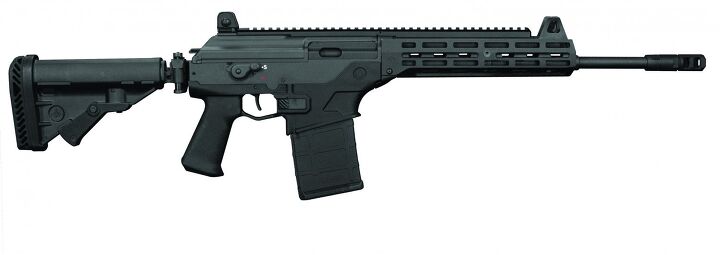
The modern Immelmann differs from the original version, which is now called a stall turn or "Hammerhead turn". However, other "last-ditch" maneuvers are used by the defender when the attacker achieves a firing solution, or the defender's energy becomes depleted so that maximum turn performance cannot be maintained, such as "guns defense" or the "defensive spiral".īasic fighter maneuver development began during World War I, with maneuvers such as the " Immelmann", named after German pilot Max Immelmann, the "break" and the " barrel roll". The defender will usually maneuver to force an overshoot, or to extend the range enough to dive away and escape. Defensive maneuvers more often consist of turning very aggressively to avoid the attacker's guns, with maneuvers like the "break" and the "high Yo-Yo defense" sometimes tightening the turn, sometimes relaxing it, and other times reversing the turn. Most maneuvers are offensive, such as the " barrel roll attack", "high Yo-Yo", "low Yo-Yo", and "lag roll". Conversely, the pilot in the disadvantageous position is usually either below or ahead of the opponent, and is referred to as the defender. The fighter pilot with the most advantageous position is usually above or behind the opponent, and is commonly called the attacker. The fighter pilot uses these angles not only to get within a range where weapons can be used, but also to avoid overshooting, which consists either of flying out in front of the opponent, called a "wingline overshoot", or crossing the enemy's flight path, called a "flight path overshoot". BFM also relies on the pilot's understanding of the geometry of pursuit within the three-dimensional arena, where different angles of approach can cause different rates of closure. BFM not only relies on an aircraft's turn performance, but also on the pilot's ability to make trade-offs between airspeed ( kinetic energy) and altitude ( potential energy) to maintain an energy level that will allow the fighter to continue maneuvering efficiently. īFM are used in the three-dimensional arena of air combat, where maneuvers are not limited by simple two-dimensional turns, such as during a car chase. In actual air combat maneuvering, variations of these basic maneuvers may become necessary, depending on the different types of aircraft involved, the weapon systems each side is using, and the number of aircraft involved. In advanced training, pilots learn to fly against opponents in different types of aircraft, so pilots must learn to cope with different technological advantages as well, which more resembles real combat. Training usually begins with pilots flying the same type of aircraft, pitting only their skills against each other. BFM are typically universal maneuvers which can be performed in almost any fighter aircraft, and are usually considered to be training maneuvers. The development of BFM began with the first fighter aircraft, during World War I, then continued with each following war, adapting to the changing weapons and technologies.īasic fighter maneuvers consist of many varying tactical turns, rolls, and other actions to get behind or above an enemy, before the opponent can do the same.

Situational awareness is often taught as the best tactical defense, removing the possibility of an attacker getting or remaining behind the pilot even with speed, a fighter is open to attack from the rear.īasic fighter maneuvers (BFM) are actions that a fighter aircraft makes during air combat maneuvering, historically known as dogfighting. They can also be neutral, where both opponents strive for an offensive position or disengagement maneuvers, to help an escape.Ĭlassic maneuvers include the lag pursuit or yo-yo, which add distance when the attacker may overshoot the target due to higher airspeed, the low yo-yo, which does the opposite when the attacker is flying too slow, the scissors, which attempts to drive the attacker in front of the defender, and the defensive spiral, which allows a defender to disengage from an attacker.

They can be offensive, to help an attacker gain an advantage on an enemy or defensive, to help the defender evade an attacker's weapons. Maneuvers are used to gain a better angular position in relation to the opponent. BFM combines the fundamentals of aerodynamic flight and the geometry of pursuit, with the physics of managing the aircraft's energy-to-weight ratio, called its specific energy. Four P-40 Warhawks performing training maneuvers.īasic fighter maneuvers ( BFM) are tactical movements performed by fighter aircraft during air combat maneuvering (also called ACM, or dogfighting), to gain a positional advantage over the opponent.


 0 kommentar(er)
0 kommentar(er)
